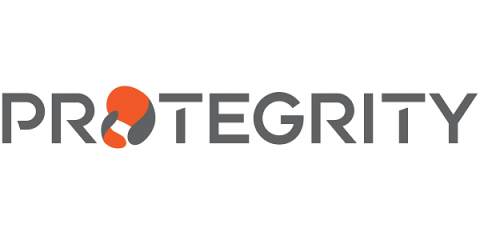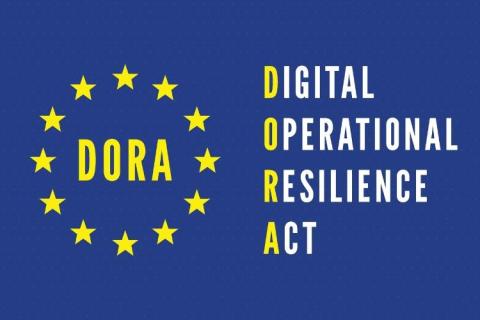Empowering Data Security in GenAI: Step-by-Step Guide to PII Safeguarding in Bedrock using Protegrity
Generative AI (GenAI) applications, especially through Retrieval-Augmented Generation (RAG) pipelines, are transforming business interactions with data. These pipelines leverage language models and extensive enterprise knowledge bases for real-time queries of large internal datasets. Robust data privacy and security solutions are essential. Amazon Bedrock’s native security guardrails address this need.




